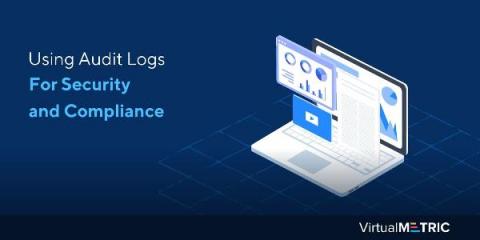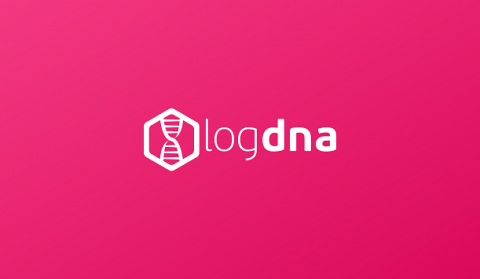Using Audit Logs For Security and Compliance
Developers, network specialists, system administrators, and even IT helpdesk use audit log in their jobs. It’s an integral part of maintaining security and compliance. It can even be used as a diagnostic tool for error resolution. With cybersecurity threats looming more than ever before, audit logs gained even more importance in monitoring. Before we get to how you can use audit logs for security and compliance, let’s take a moment to really understand what they are and what they can do.










